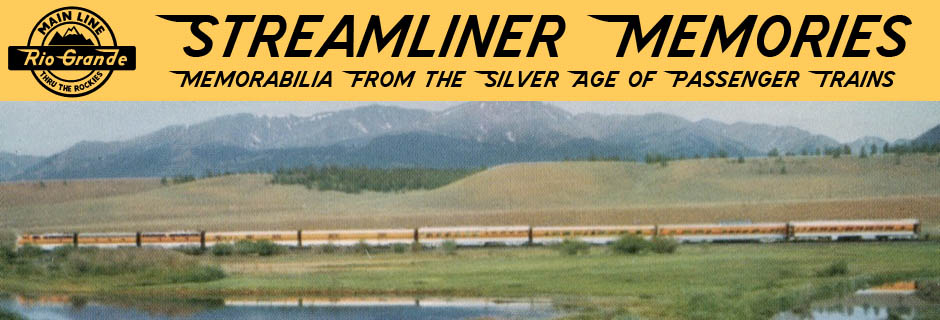This 48-page booklet is undated, but the cover highlights “The New Oriental Limited,” which dates it to 1924 or later. We’ve seen a 1927 edition of the same booklet with a color cover, so this one would have to be from sometime around 1924 to 1926.
 Click image to download a 56.7-MB PDF of this 48-page booklet. Update: If you have trouble downloading this large file, here are medium (22-MB) and small (7-MB) versions that are lower in resolution but still readable.
Click image to download a 56.7-MB PDF of this 48-page booklet. Update: If you have trouble downloading this large file, here are medium (22-MB) and small (7-MB) versions that are lower in resolution but still readable.
Five of the first six pages of the interior of this and the 1927 booklets present photos of the new Oriental Limited. Most of the photos in the 1927 booklet are different from this one, though some are repeated and a few are flipped to make them look different. Notably, a photo showing the rear platform of the train in the 1927 booklet has the Oriental Limited drumhead, with the rocky mountain goat in the center, but this booklet has the drumhead blacked out with the words “Oriental Limited” added. This implies railway didn’t actually have a photo of the real drumhead to use when it designed this booklet, suggesting it is from 1924. Continue reading









